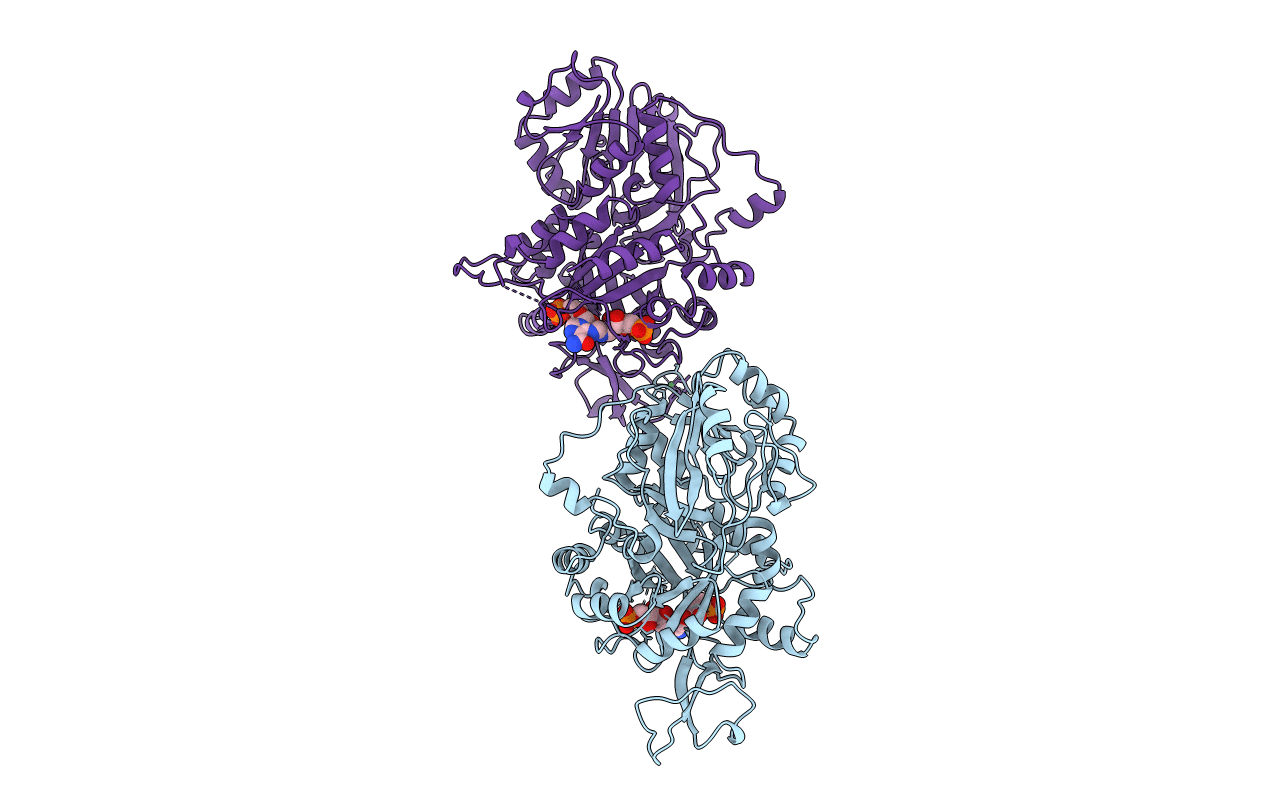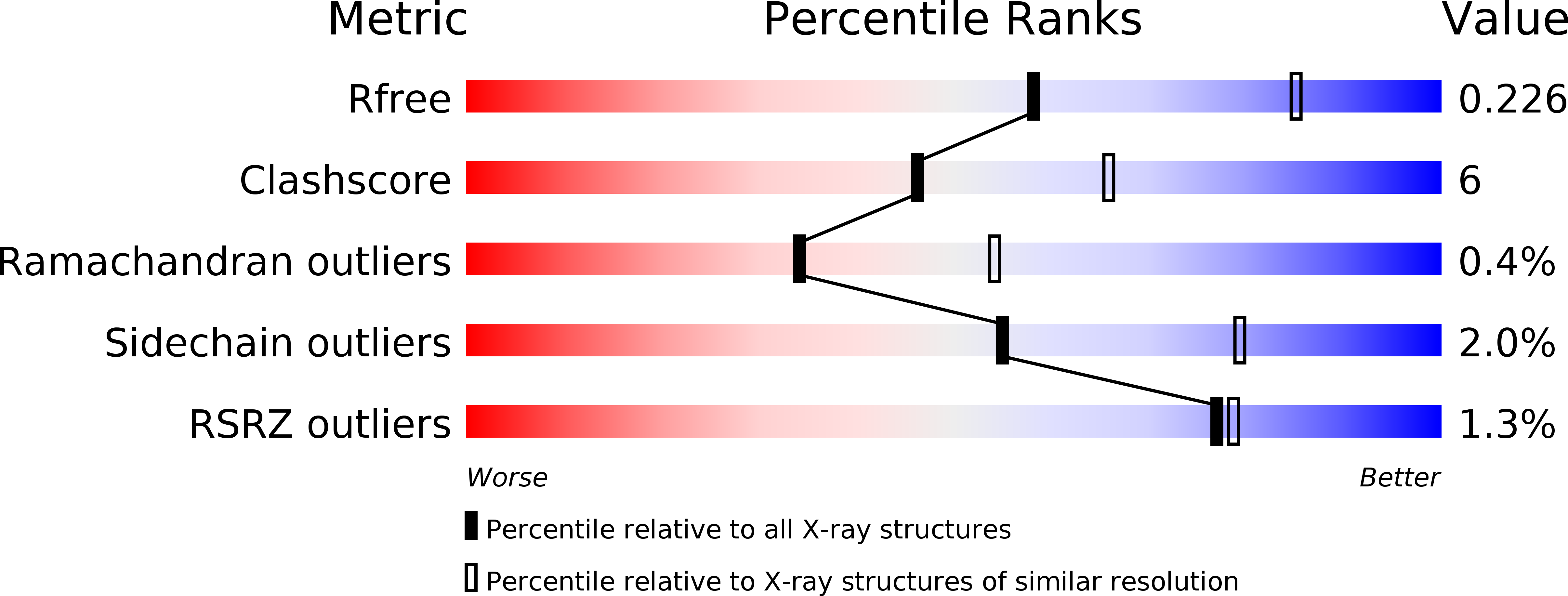
Deposition Date
2003-04-01
Release Date
2003-06-17
Last Version Date
2023-08-16
Entry Detail
PDB ID:
1OX5
Keywords:
Title:
TOWARDS UNDERSTANDING THE MECHANISM OF THE COMPLEX CYCLIZATION REACTION CATALYZED BY IMIDAZOLE GLYCEROPHOSPHATE SYNTHASE
Biological Source:
Source Organism:
Saccharomyces cerevisiae (Taxon ID: 4932)
Host Organism:
Method Details:
Experimental Method:
Resolution:
2.50 Å
R-Value Free:
0.24
R-Value Work:
0.22
Space Group:
P 21 21 21


